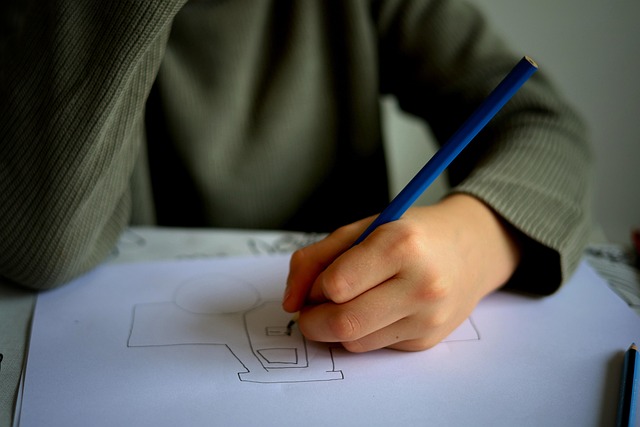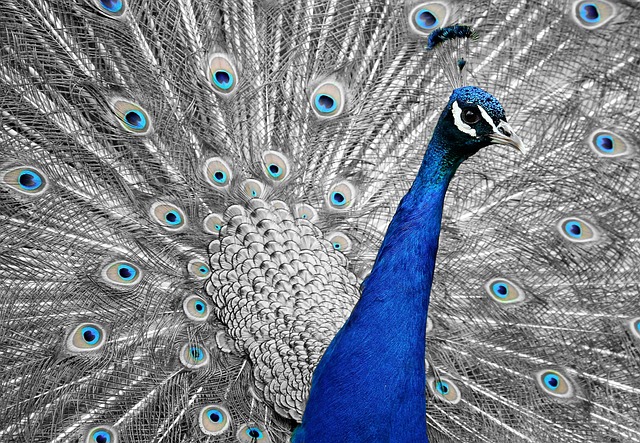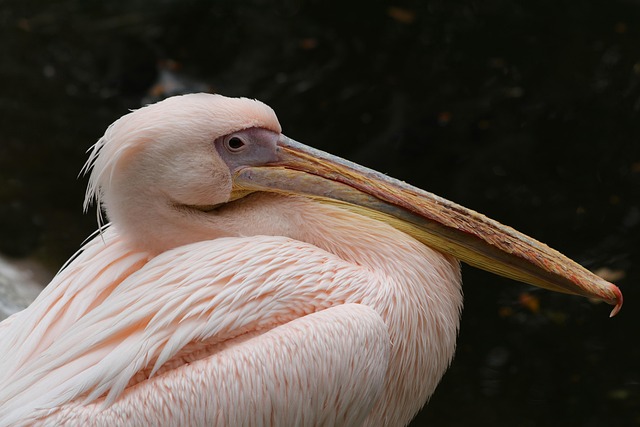In the world of art, the term research drawing evokes a sense of depth and intrigue. It transcends beyond mere sketches and preliminary studies; it embodies the very spirit of exploration and discovery. When artists engage in research drawing, they are not just capturing images; they are interpreting the world around them, delving into nuances that may go unnoticed by the casual observer.
At its core, research drawing serves as a bridge between observation and creation. It allows artists to thoroughly investigate subjects—be it human anatomy, architectural forms, or natural landscapes. Each stroke of the pencil or brush is an intimate conversation with the subject, revealing intricate details and complex forms. This dedication to studying and understanding the subject matter is what sets research drawing apart from other forms of artistic expression.
The process begins with careful observation. Artists spend time analyzing their chosen subjects, taking note of light, shadow, texture, and proportion. This taking of notes, whether mental or sketched, is not merely a task; it becomes a meditative practice, fostering a deeper connection with the subject. A skilled artist understands that every intricate detail contributes to the whole, creating a richer narrative through their work.
Moreover, research drawing stimulates creativity by allowing artists to experiment with ideas without the pressure of finality. It provides a safe space for exploration, where every attempt is a step towards mastering the skill. The freedom to fail—and learn from those failures—encourages artists to push boundaries, refining their techniques and broadening their artistic horizons.
As artists delve deeper into the intricacies of research drawing, they often find themselves inspired by the process. It’s in those quiet moments of descriptive mark-making that the magic happens. An unexpected line can lead to a new direction in a piece, or a misjudged proportion can spark an innovative approach to a familiar subject. Here, the act of drawing becomes not just a means to an end, but a journey unto itself.
The benefits of research drawing extend beyond personal growth; they have a profound impact on the final artwork. A piece born from rigorous research often resonates with authenticity and emotional depth. It speaks to viewers on multiple levels—capturing not just a visual representation, but a story, an experience, and an understanding of the subject that only thorough study can provide.
In the end, mastering the art of research drawing is about embracing the cycle of observation, representation, and interpretation. It’s a celebration of the artist’s journey—a reminder that every intricately drawn line is a step into the vast realm of knowledge and creativity. So, take up your tools, venture outside, and let the world be your canvas. Tap into the essence of research drawing and discover the layers of beauty hidden in plain sight.




